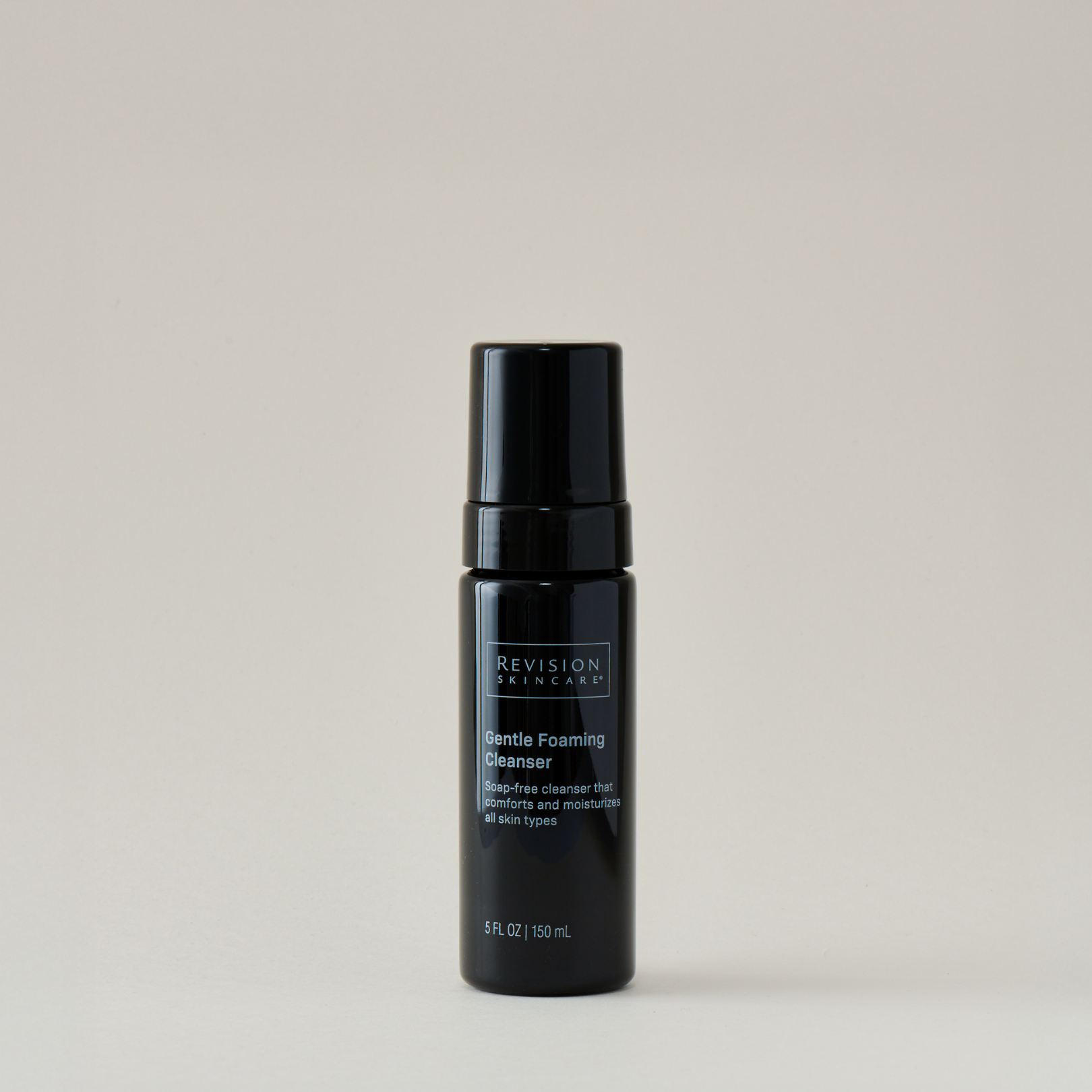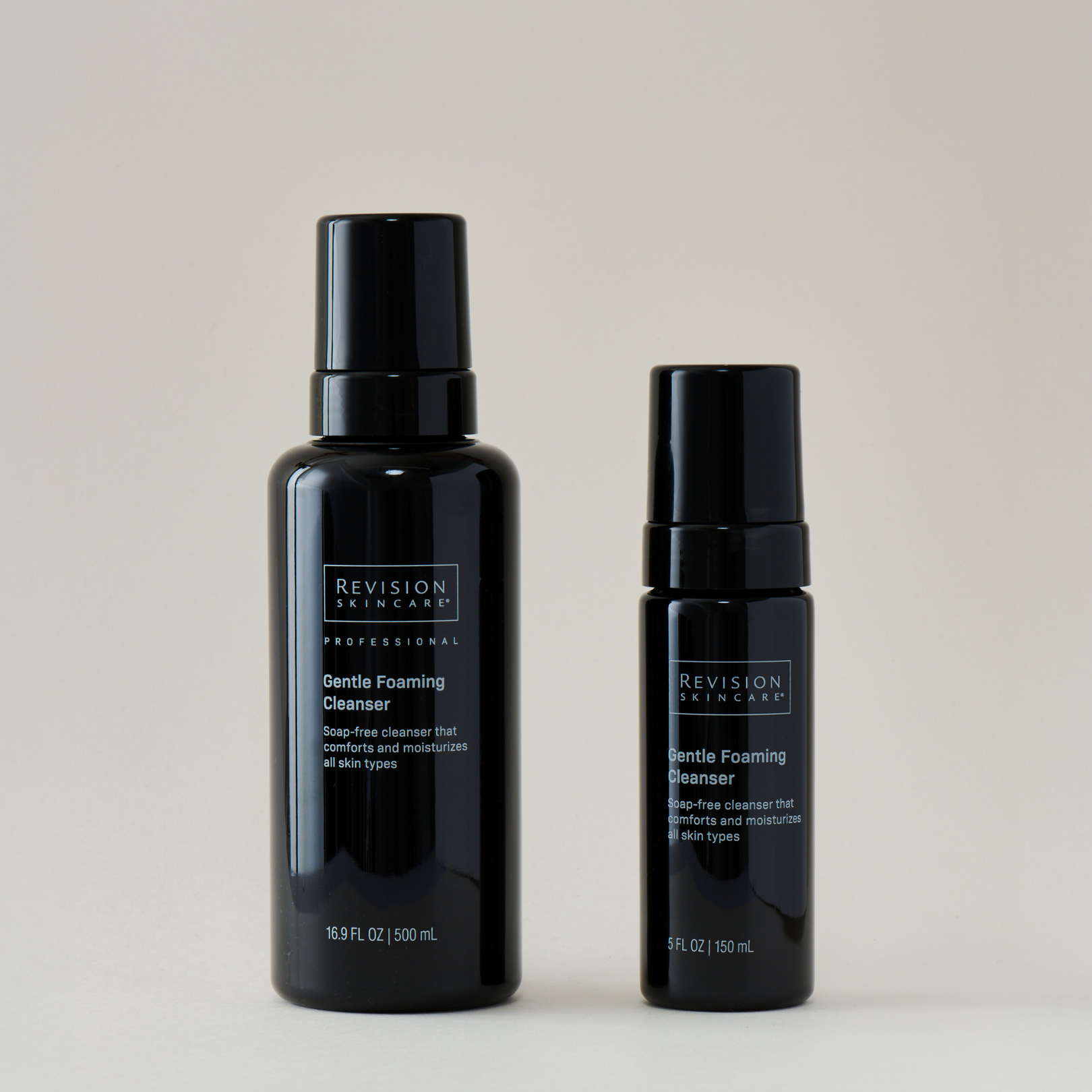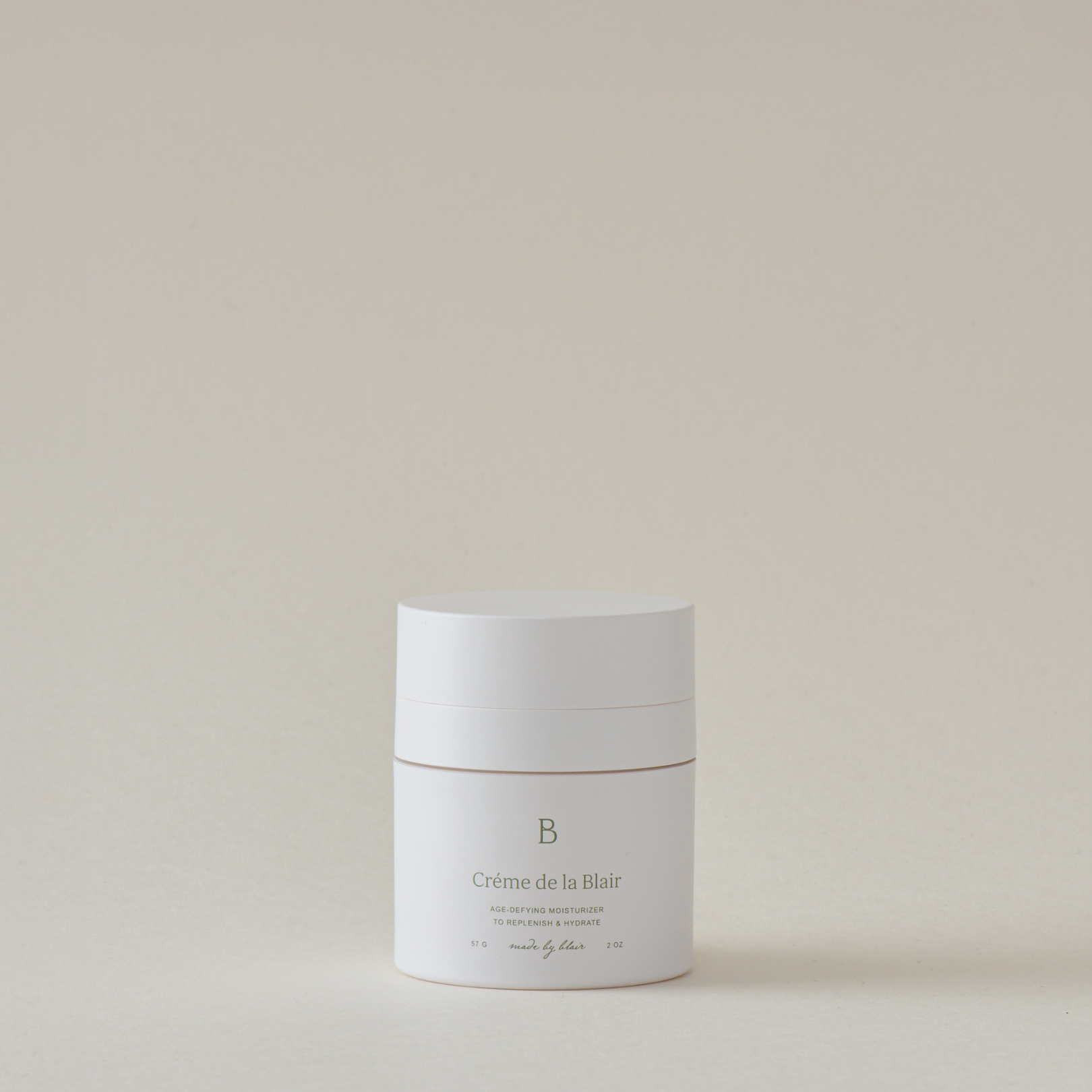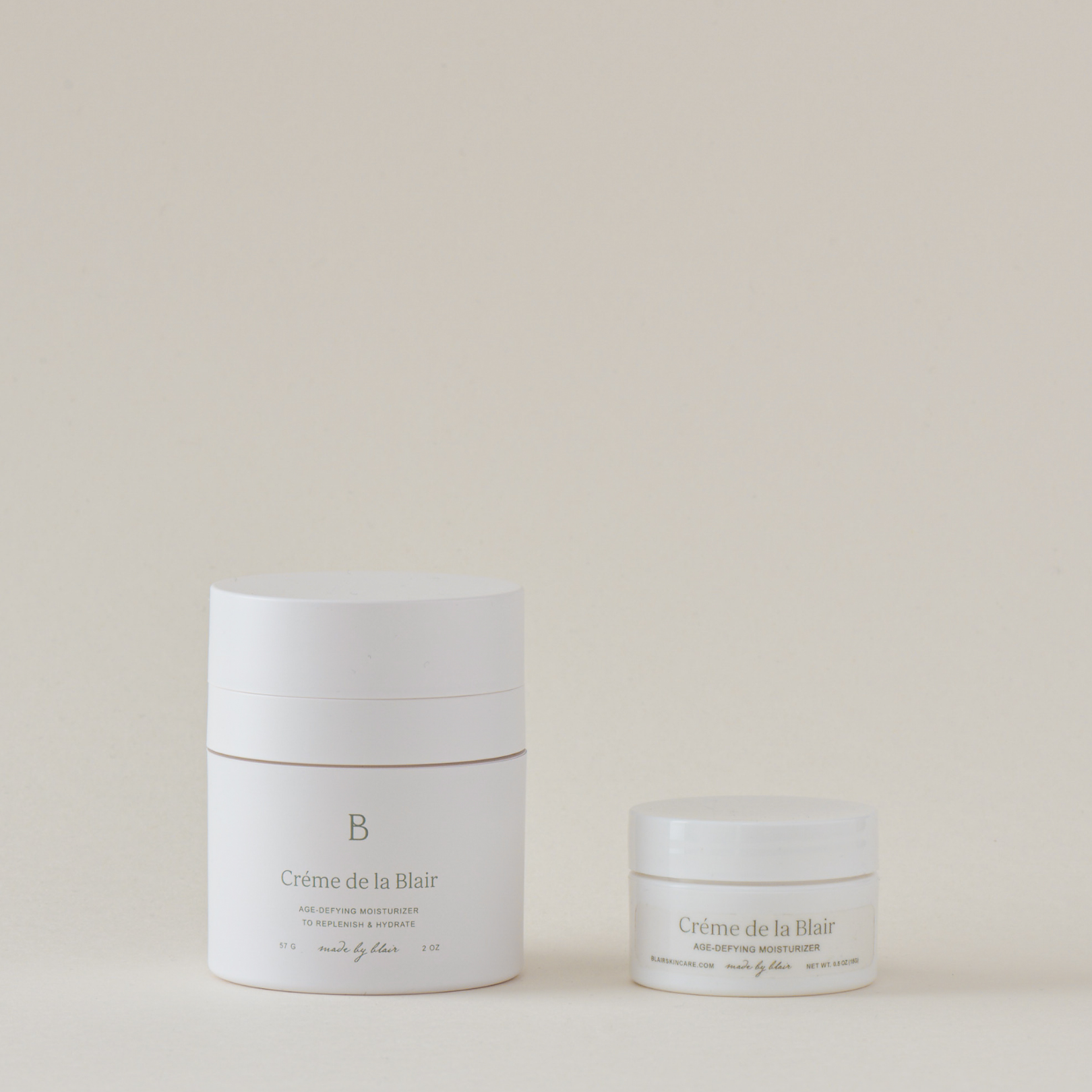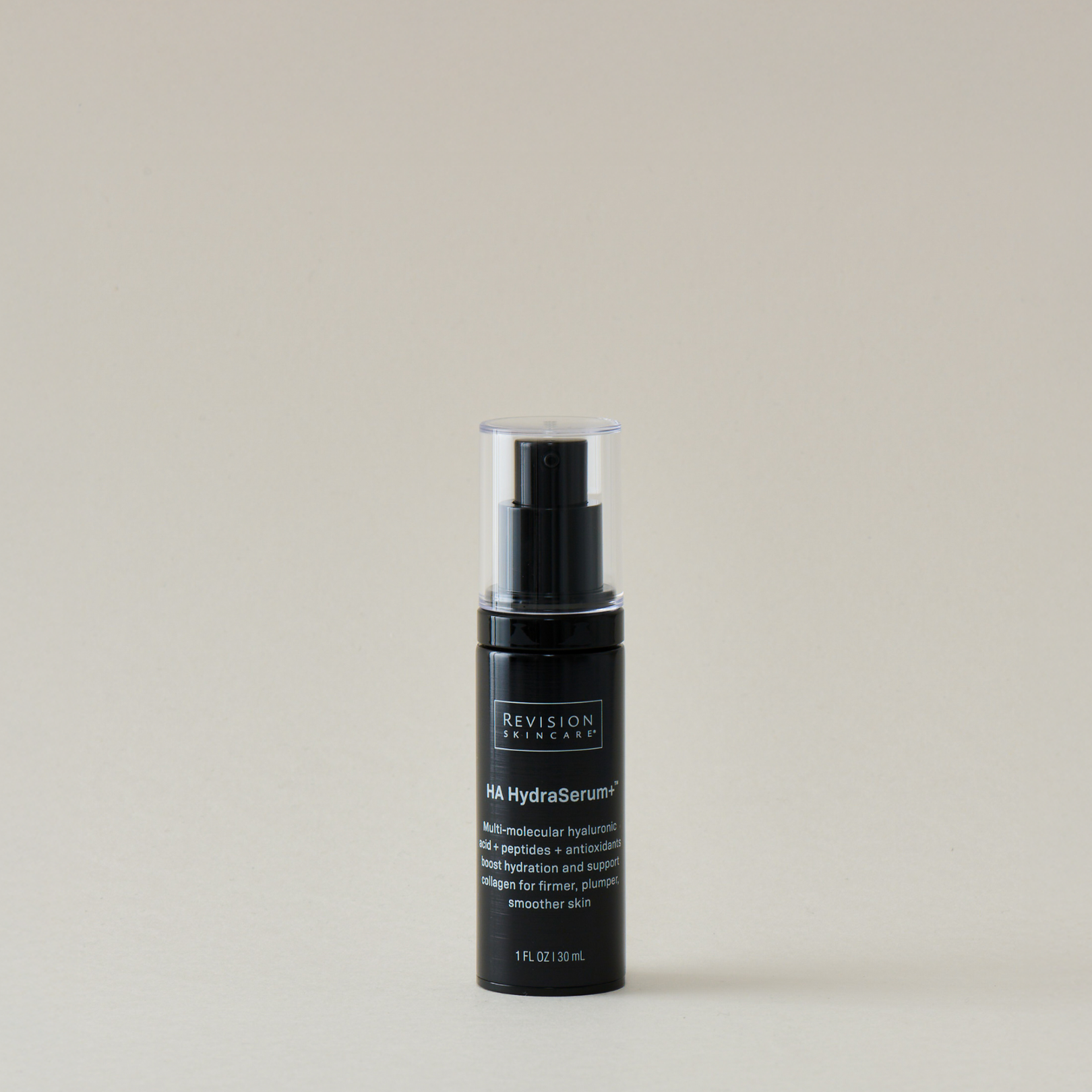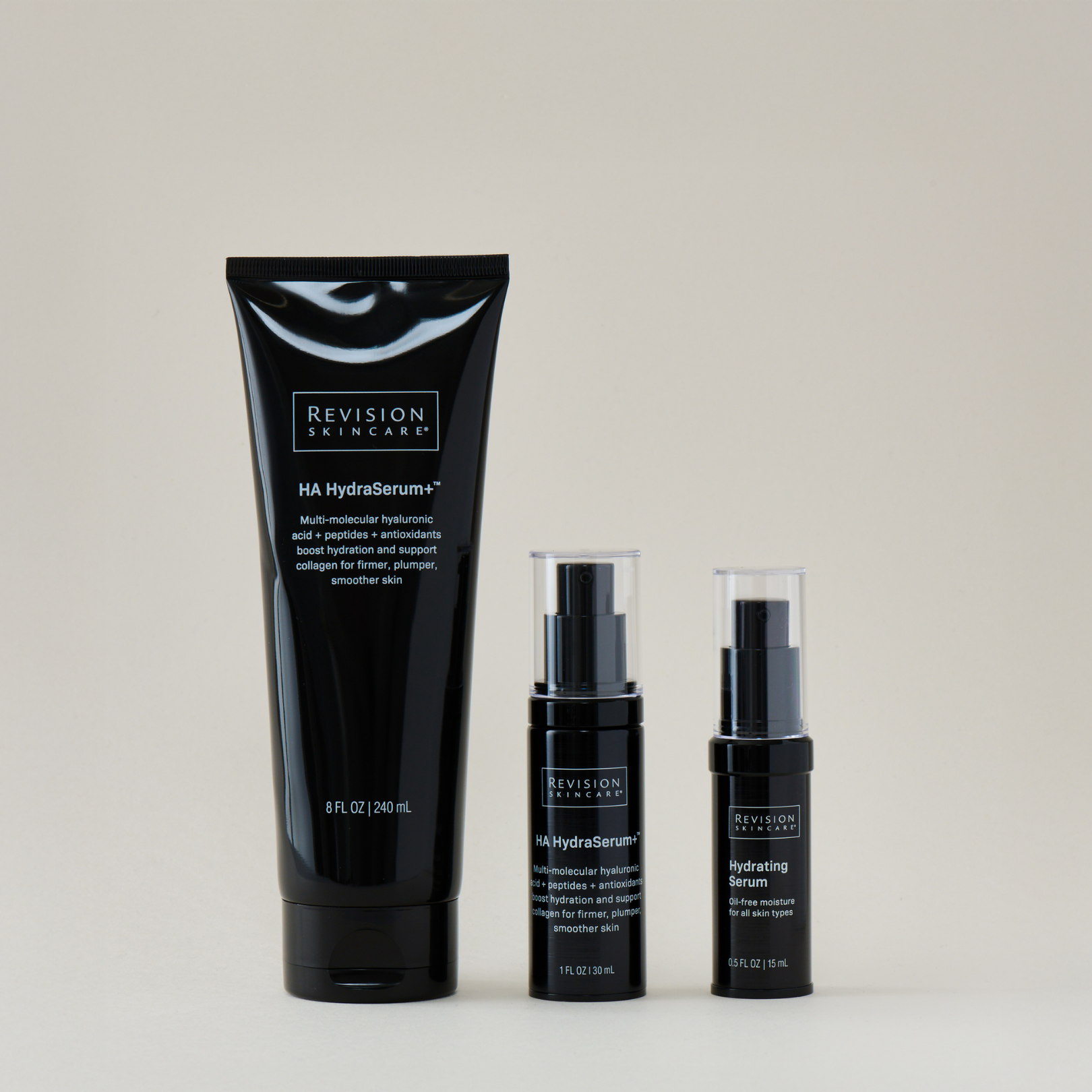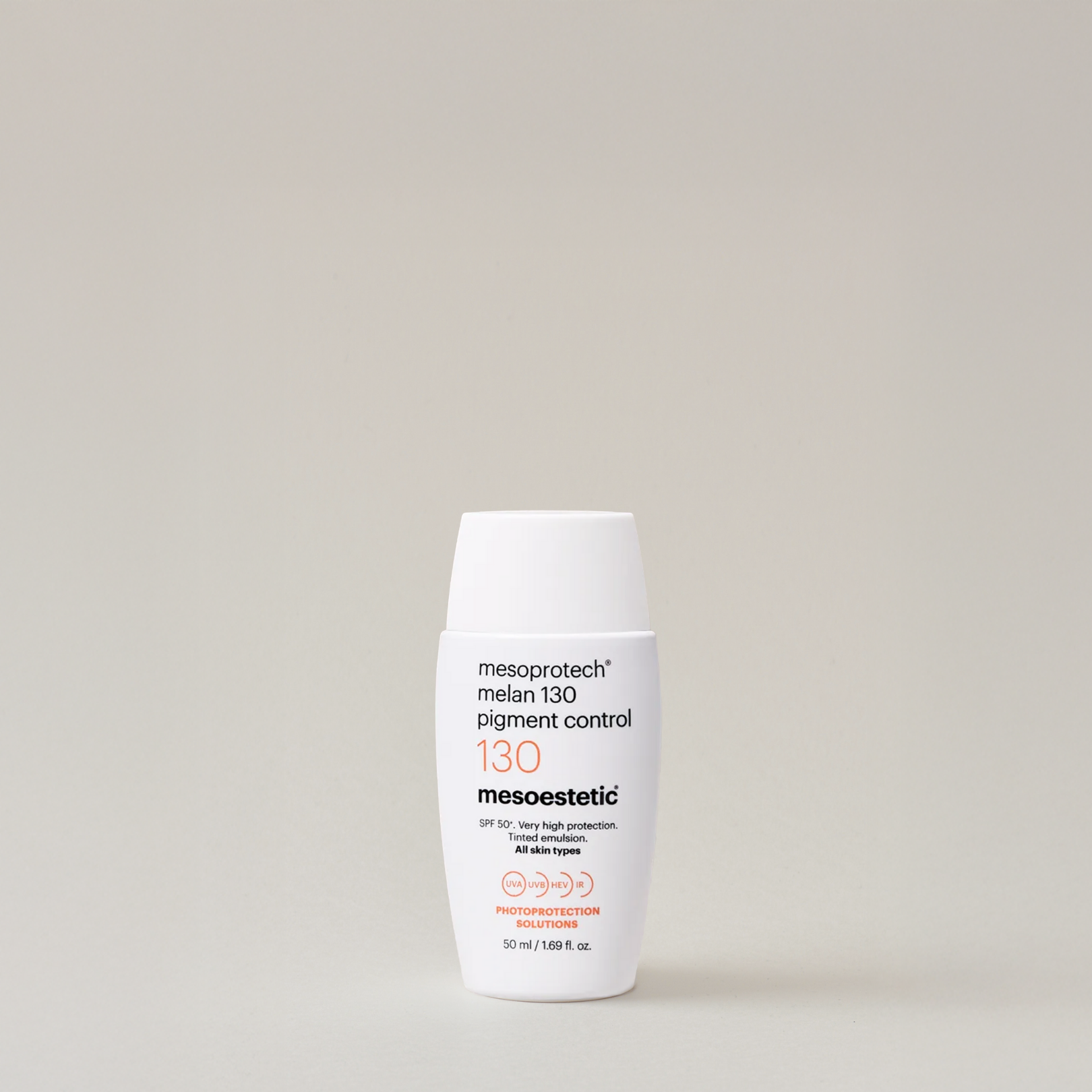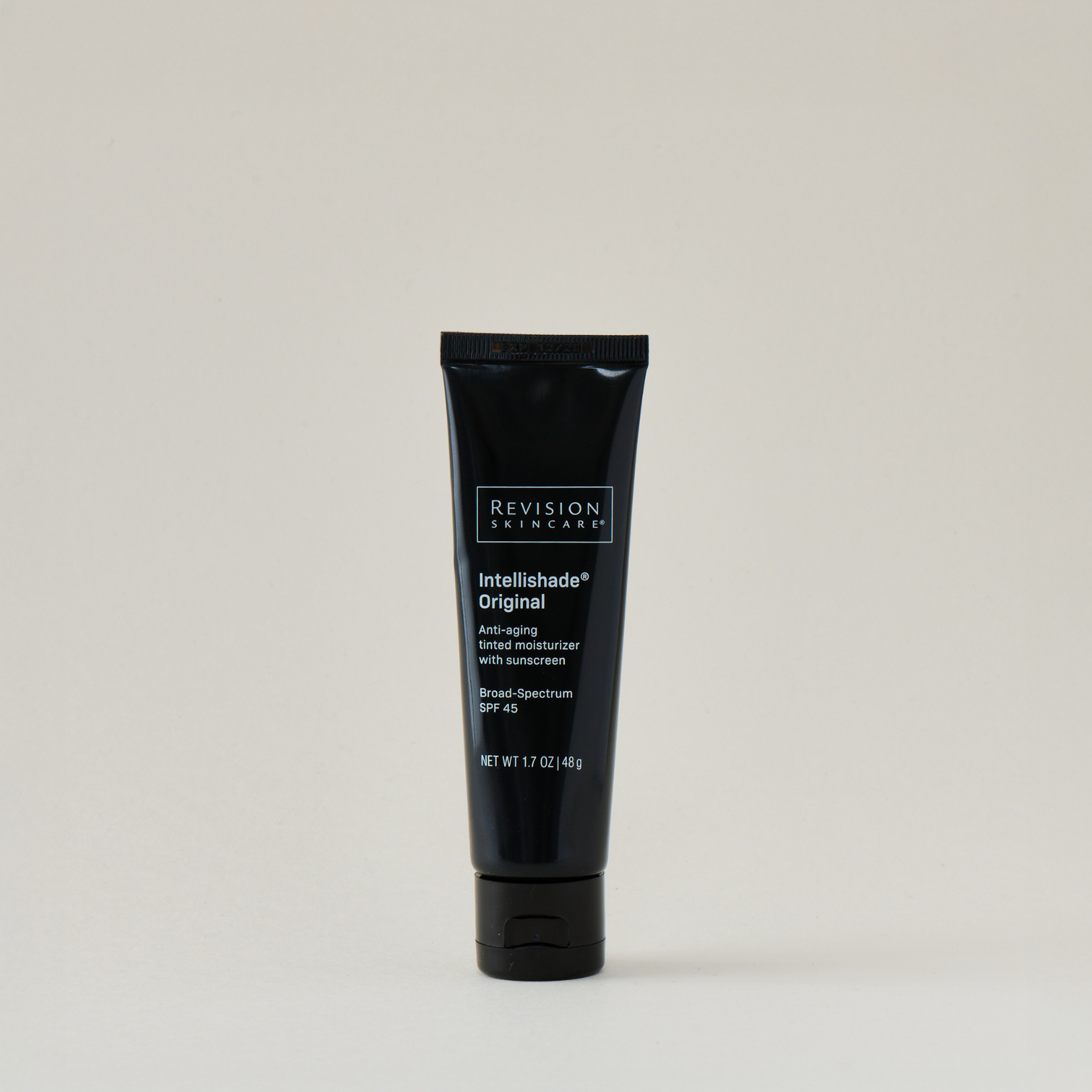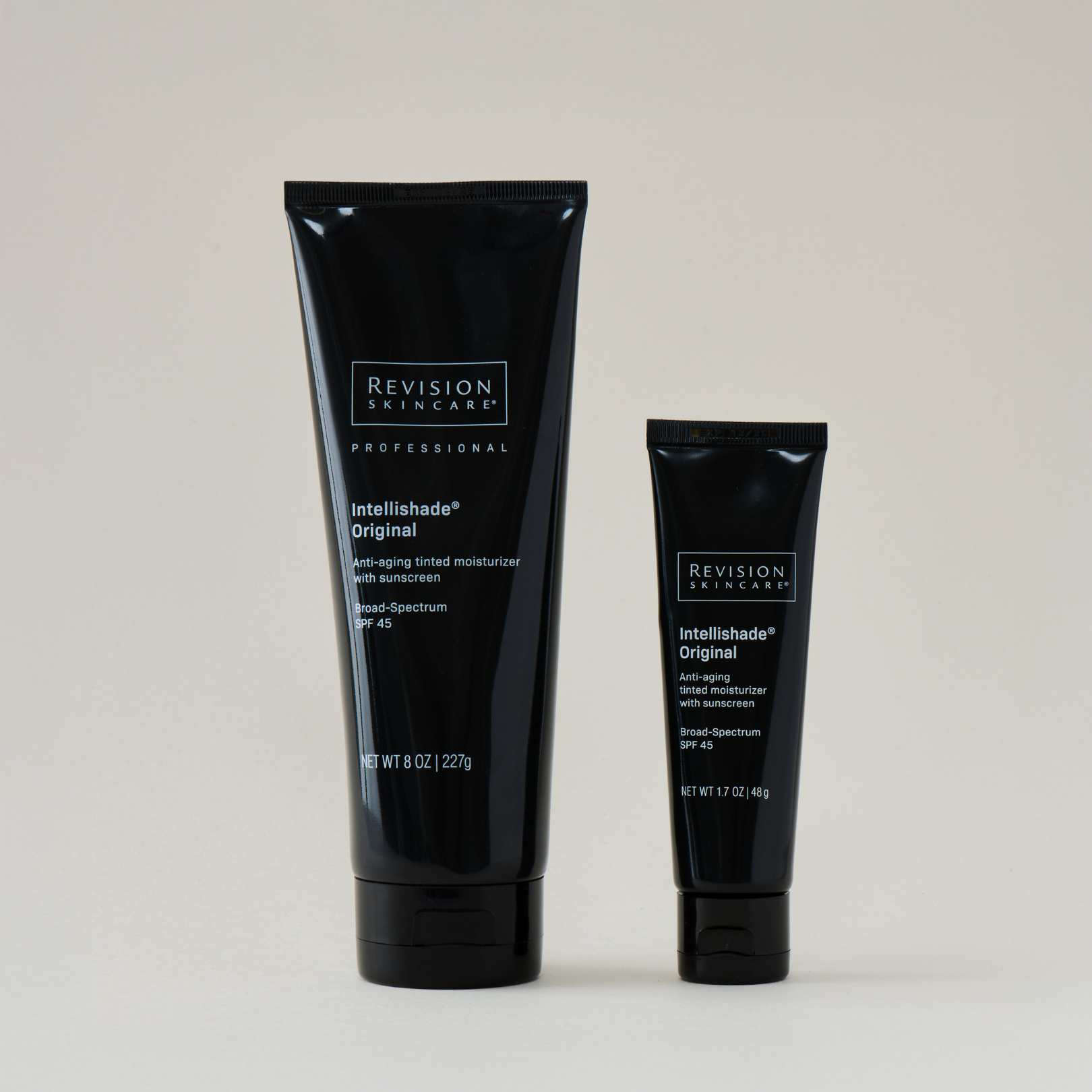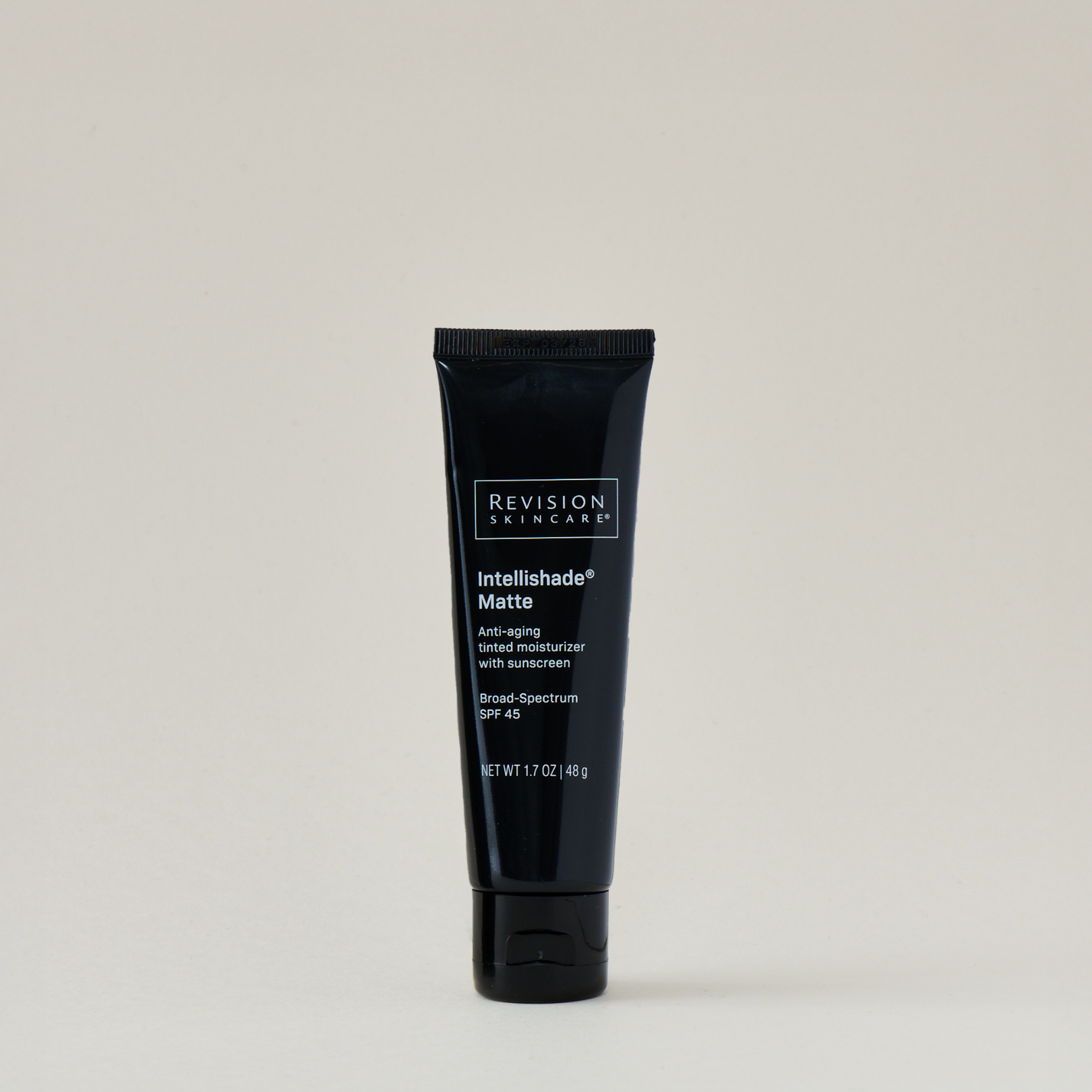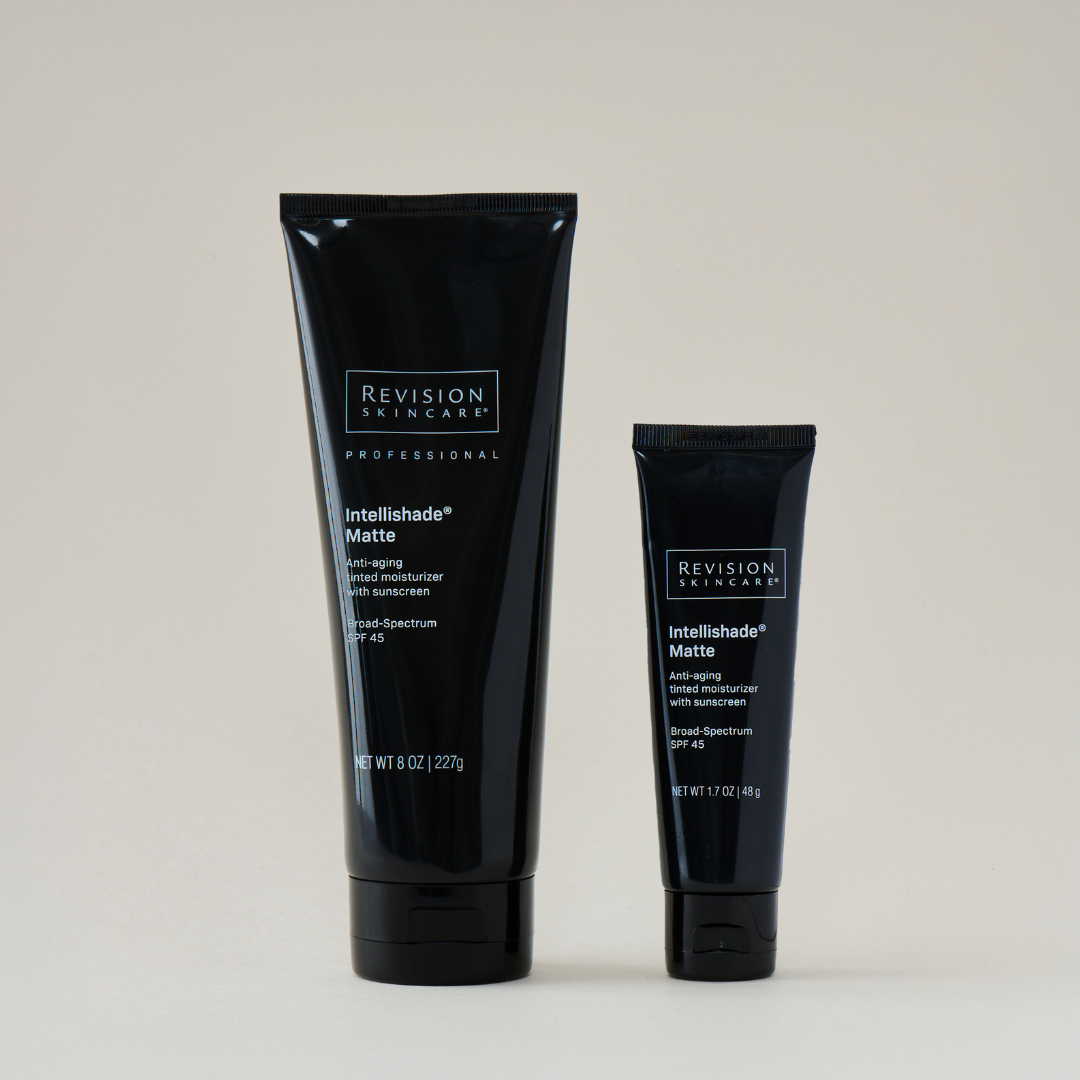Step 1: Assess the damage
Before diving into remedies, it's important to first evaluate the extent of your sunburn. Sunburns can vary widely in severity, from mild redness and tenderness to more severe symptoms like blistering, swelling, and even fever.
Mild sunburns typically manifest as red, irritated skin accompanied by slight discomfort. In these cases, self-care measures may suffice to alleviate symptoms. However, if you notice significant blistering, extensive swelling, or systemic symptoms like fever, it's important to seek medical attention.
A first-degree sunburn may make your skin color turn anywhere from light pink to bright red, and it will be painful to the touch. With this type of burn, the upper layers of the skin are affected, and the burn should heal within a few days.
A second-degree sunburn, which is more serious, causes the skin to become severely red, swollen, and blistered because the dermis, a deeper skin layer, and nerve endings have been damaged. This type of sunburn is more painful and could take about two weeks to heal. Do not pop the blisters—this could impede healing and lead to infection if the dermis is exposed, allowing bacteria to enter. Signs of infection include oozing pus or red streaks on the skin radiating from the blisters.
Remember, your skin's response to sun exposure can vary based on factors such as skin type, sun intensity, and duration of exposure. By taking the time to assess the severity of your sunburn, you empower yourself to make informed decisions about the best course of action for your skin's overall health.







